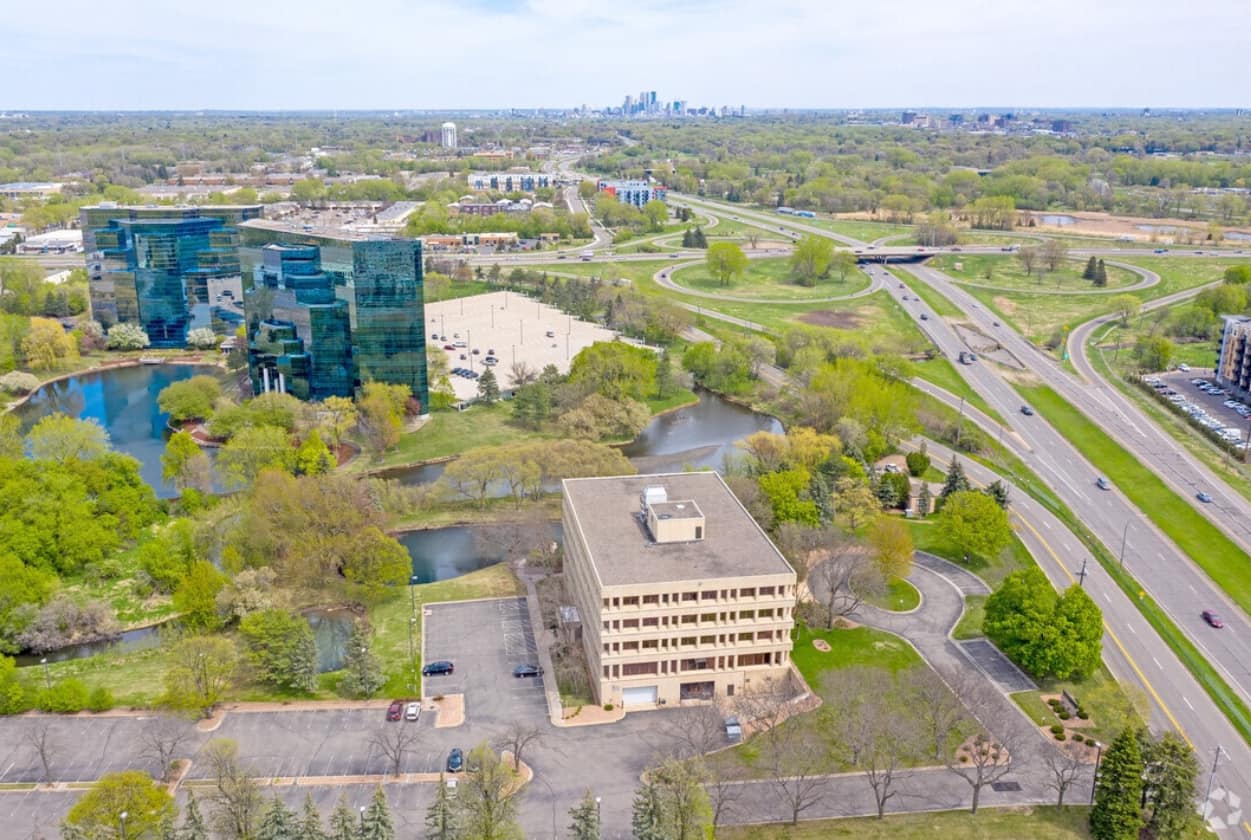Insights

Dealing with Functional Obsolescence in the Digital Era
The rise of e-commerce and digital platforms has revolutionized the way consumers shop, pushing the traditional big box retail model to the sidelines. Online shopping offers unparalleled convenience, variety, and competitive pricing, factors that have significantly diminished the allure of physical retail spaces. This shift has not only impacted sales but also customer foot traffic, leading to a cascade of closures and abandoned retail spaces across the country.
Similarly, the office real estate market is undergoing a radical transformation. The proliferation of remote work, fueled by advancements in communication technology and the recent global health crisis, has diminished the necessity of traditional office spaces. Companies are increasingly adopting flexible work policies, reducing their reliance on large, centralized offices. This shift is leaving a growing number of office buildings underutilized or empty, causing a decline in their values, reducing tax revenues for municipalities.
The result of these changes is a stark reality of functional obsolescence. The transformation in retail and office real estate sectors has profound implications for urban planning and development. Cities, traditionally reliant on these spaces for economic activity and employment, must adapt and evolve their zoning codes and developmental strategies. The key is to accommodate the emerging trends of small businesses, mobile employees, and flexible terms that define the current economic landscape.
The evolution of technology and consumer behavior necessitates an adaptive approach to real estate development and urban planning. To address these challenges, we need to start thinking differently and come up with innovative out of the box solutions. Repurposing abandoned big box stores and office buildings for alternative uses such as residential units, hospitality, indoor sports facilities, flex e-commerce centers, or mixed-use developments offers a viable path and solution. This adaptive reuse needs to be embraced by the municipalities, owners, investors and lenders to mitigate the impact of vacant properties, revitalize communities and support sustainable urban growth.
At Brait Capital and Caspian Group, our mission is to solve this problem. We are building a platform to acquire, adaptively reconstruct and stabilize these types of properties across the country. We believe that our approach will have tremendous impact on every property we work on and community we serve.
Rafik Moore
The Demise of Big Box Retailers: Brait Capital’s Adaptive Reuse Strategy Unlocks New Opportunities
Many potential investors are deterred by the common misconception that significant upfront capital is necessary to enter the commercial real estate market.
Dealing with Functional Obsolescence in the Digital Era.
In the dynamic landscape of the 21st century, the rapid evolution of technology coupled with shifting consumer behavior presents significant challenges to traditional big box retail and office assets. This phenomenon, driven by the fast pace of innovation is leading to a widespread functional obsolescence of CRE, with profound implications for owners, investors and municipalities.
How to Invest in Commercial Real Estate With No Money: A Step-by-Step Guide
Many potential investors are deterred by the common misconception that significant upfront capital is necessary to enter the commercial real estate market.

Latest Video
Brait is an unpolished but potentially extremely valuable raw diamond. We have a knack for locating the most illustrious Braits and polishing them to perfection. We believe in having a strong culture and values, remaining focused, being persistent, and having the ability to adapt to changing conditions.
Latest News
Many potential investors are deterred by the common misconception that significant upfront capital is necessary to enter the commercial real estate market.
In the dynamic landscape of the 21st century, the rapid evolution of technology coupled with shifting consumer behavior presents significant challenges to traditional big box retail and office assets. This phenomenon, driven by the fast pace of innovation is leading to a widespread functional obsolescence of CRE, with profound implications for owners, investors and municipalities.
Many potential investors are deterred by the common misconception that significant upfront capital is necessary to enter the commercial real estate market.
